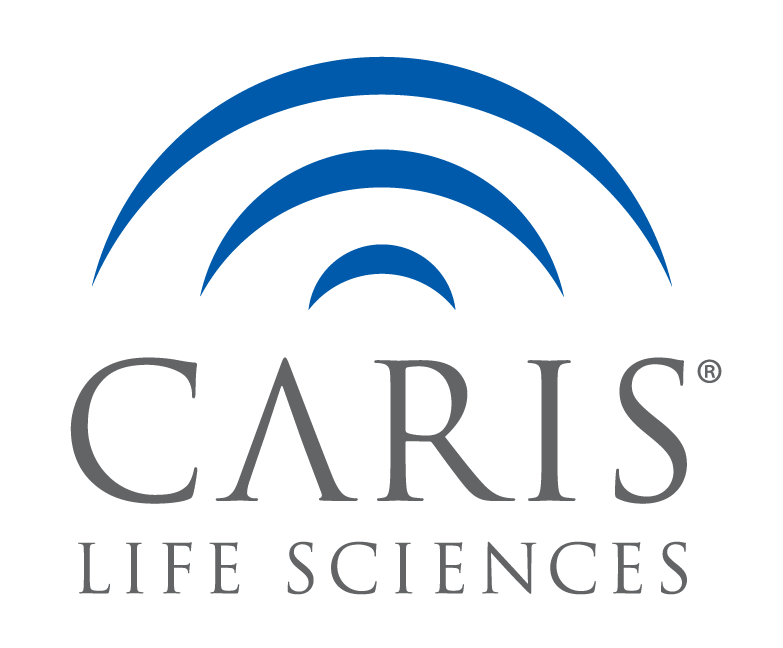Abstract
Purpose
The new CAP guideline published in August 2022 recommends using immunohistochemistry (IHC) to test for mismatch repair defects in gastroesophageal (GE), small bowel (SB), or endometrial carcinoma (EC) cancers over next-generation sequencing assessment of microsatellite instability (NGS-MSI) for immune checkpoint inhibitor (ICI) therapy eligibility and states there is a preference to use IHC over NGS-MSI in colorectal carcinoma (CRC).
Methods
We assessed the concordance of NGS-MSI and IHC-MMR from a very large cohort across the spectrum of solid tumors.
Results
Of the over 190,000 samples with both NGS-MSI and IHC-MMR about 1,160 were initially flagged as discordant. Of those samples initially flagged as discordant, 50.9% remained discordant after being reviewed by an additional pathologist. This resulted in a final discordance rate of 0.31% (590/191,767). Among CRC, GE, SB and EC, 55.4% of mismatch repair proficient/MSI high (MMRp/MSI-H) tumors had at least one somatic pathogenic mutation in an MMR gene or POLE. Mismatch repair deficient/microsatellite stable (MMRd/MSS) tumors had a significantly lower rate of high tumor mutational burden than MMRp/MSI-H tumors. Across all solid tumors, MMRd/MSI-H tumors had significantly longer overall survival (OS; hazard ratio [HR], 1.47, P < .001) and post-ICI survival (HR, 1.82, P < .001) as compared with MMRp/MSS tumors. The OS for the MMRd/MSS group was slightly worse compared to the MMRp/MSI-H tumors, but this difference was not statistically significant (HR, 0.73, P = .058), with a similar pattern when looking at post-ICI survival (HR, 0.43, P = .155).
Conclusion
This study demonstrates that NGS-MSI is noninferior to IHC-MMR and can identify MSI-H tumors that IHC-MMR is unable to detect and conversely IHC-MMR can identify MMRd tumors that NGS-MSI misses.

